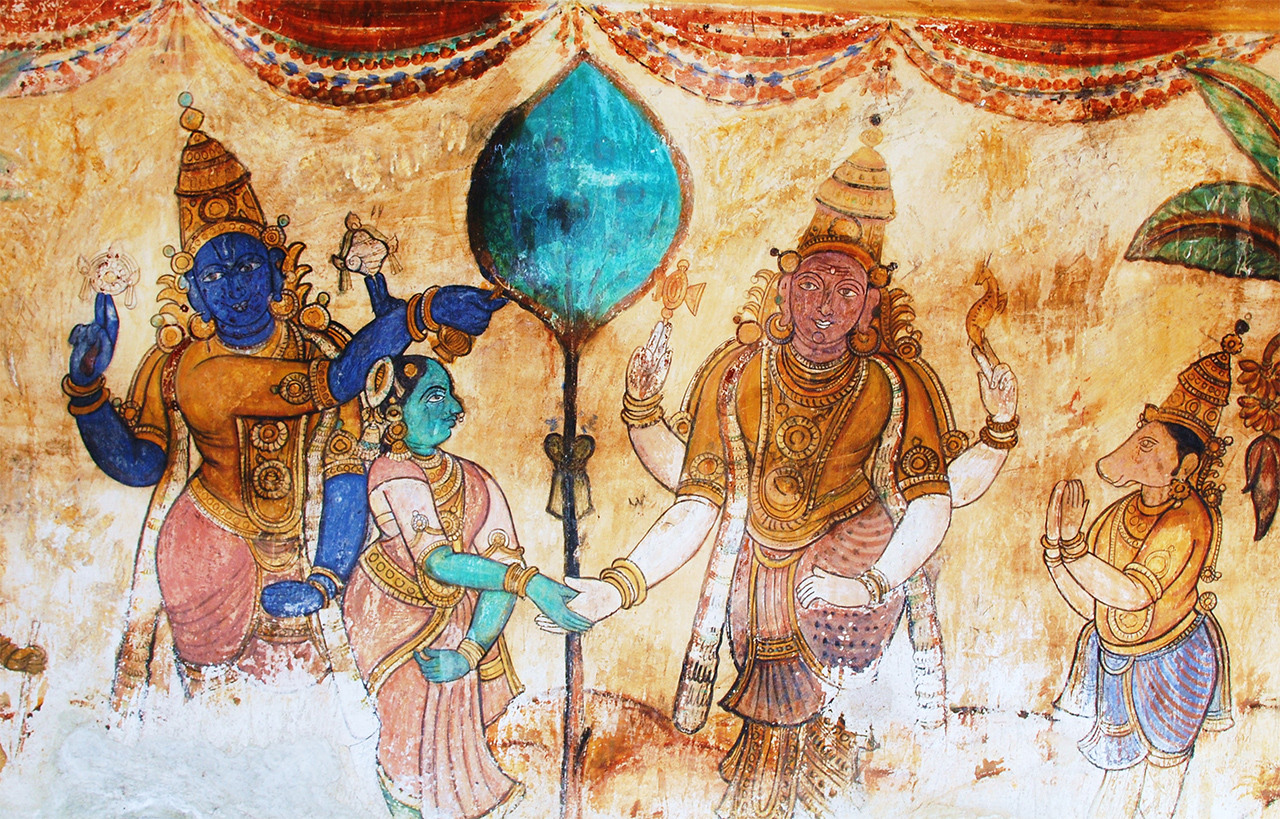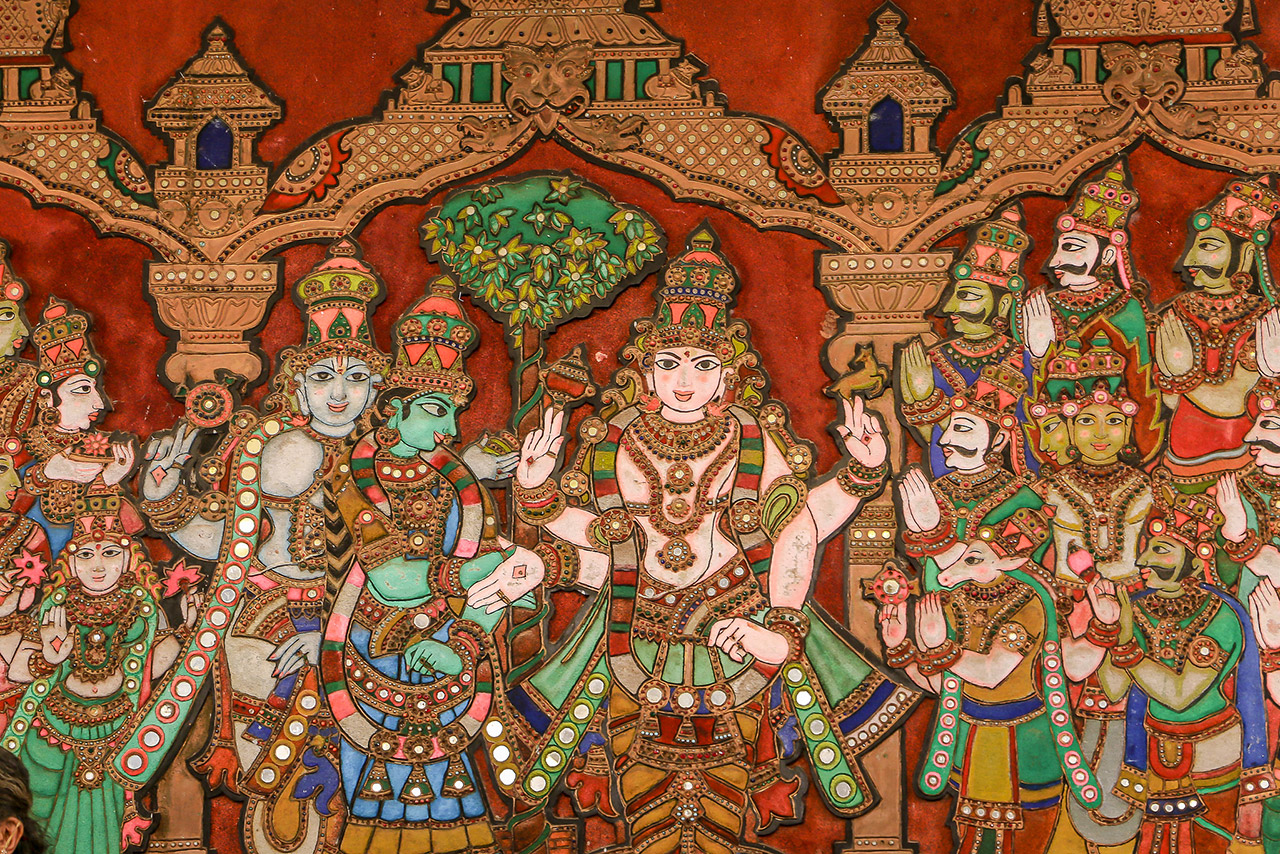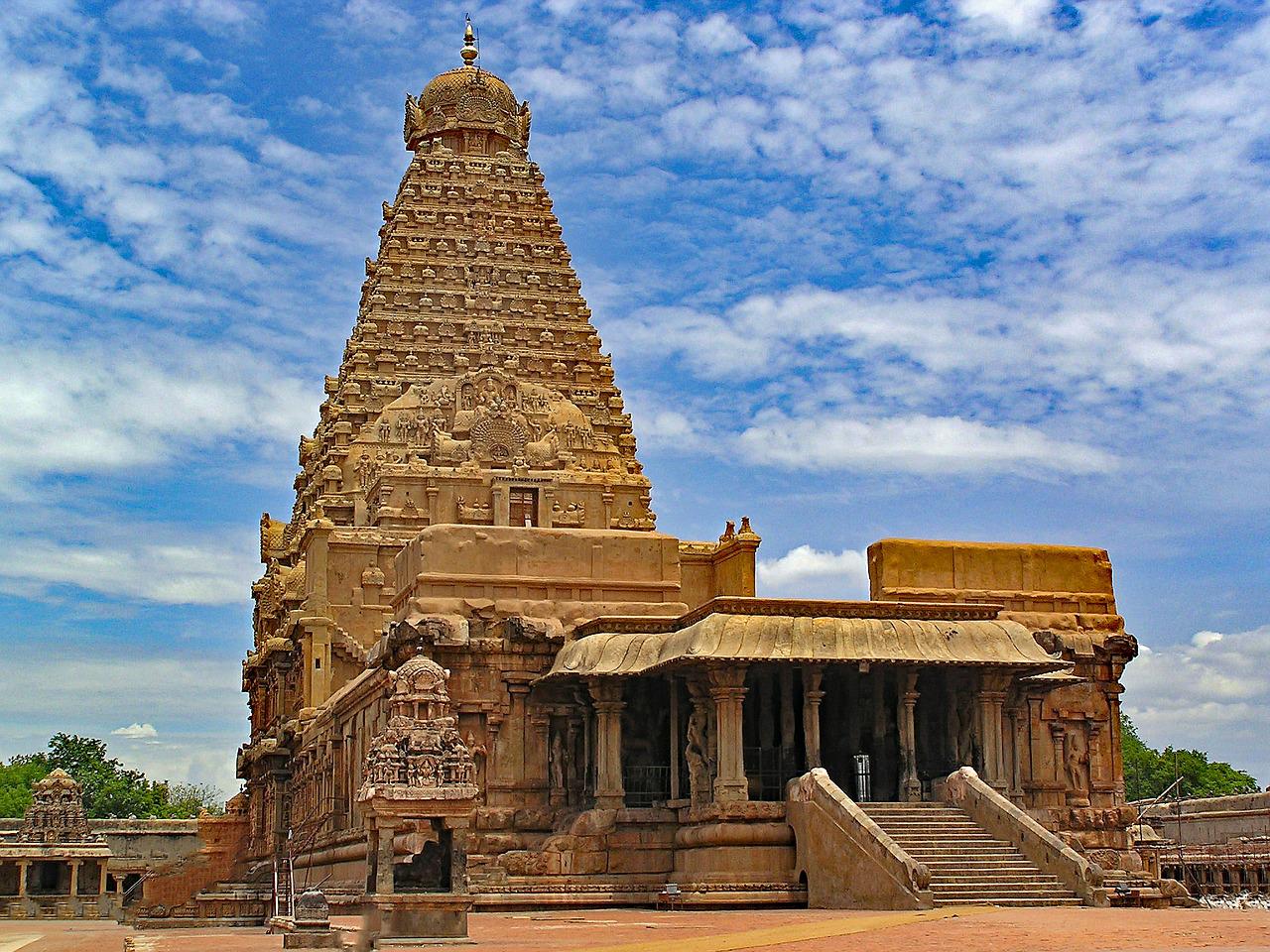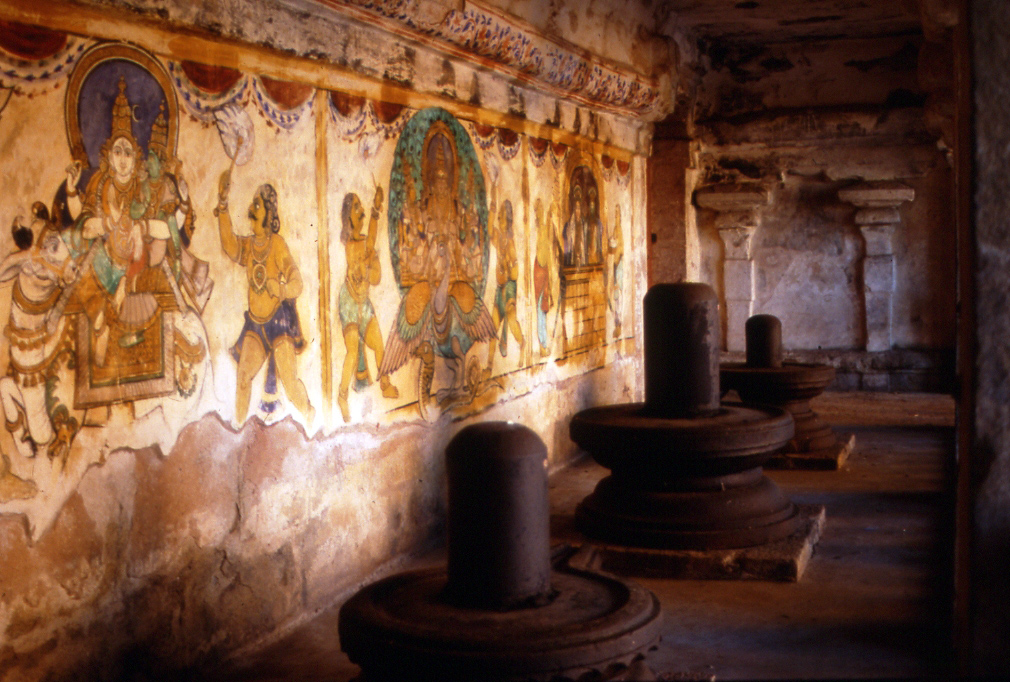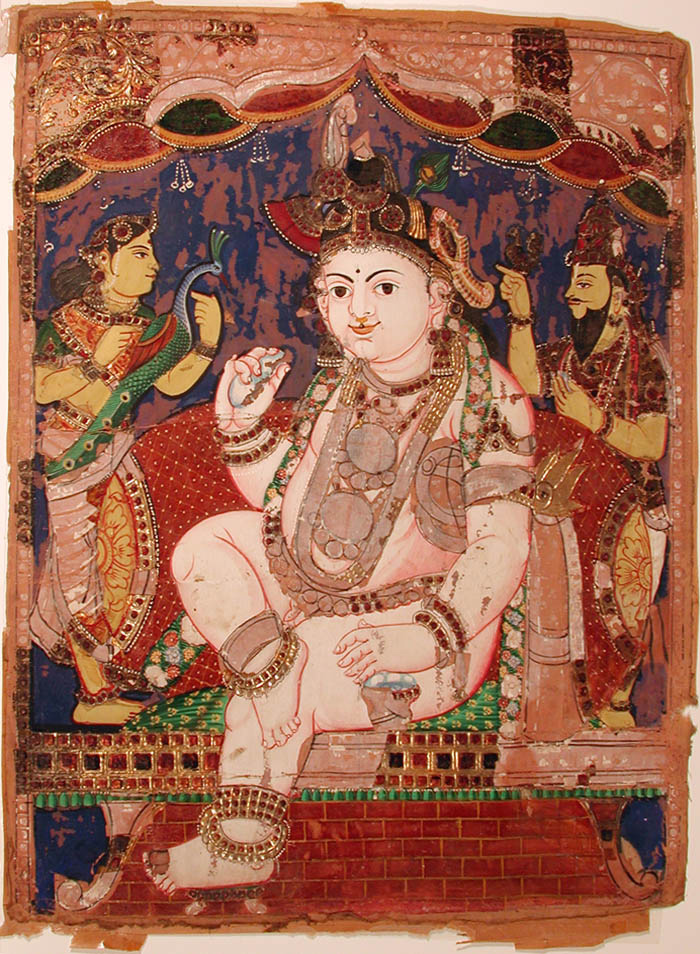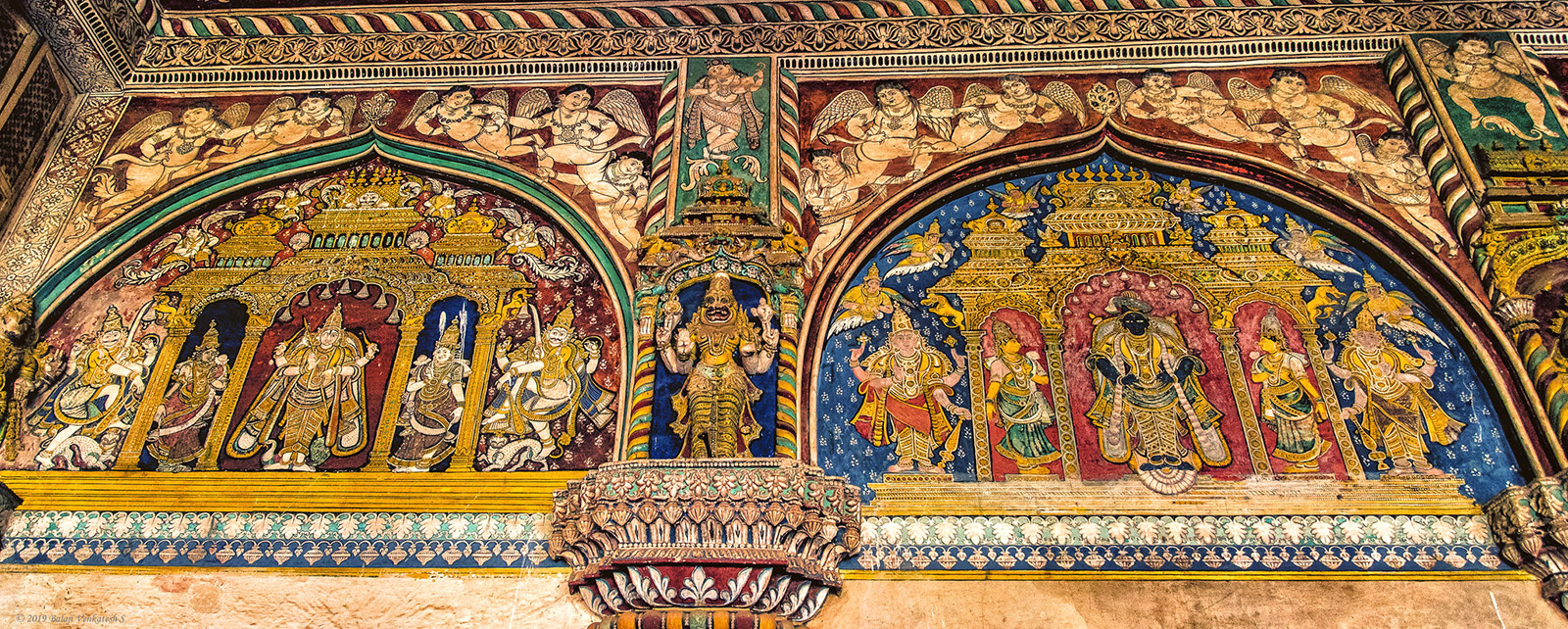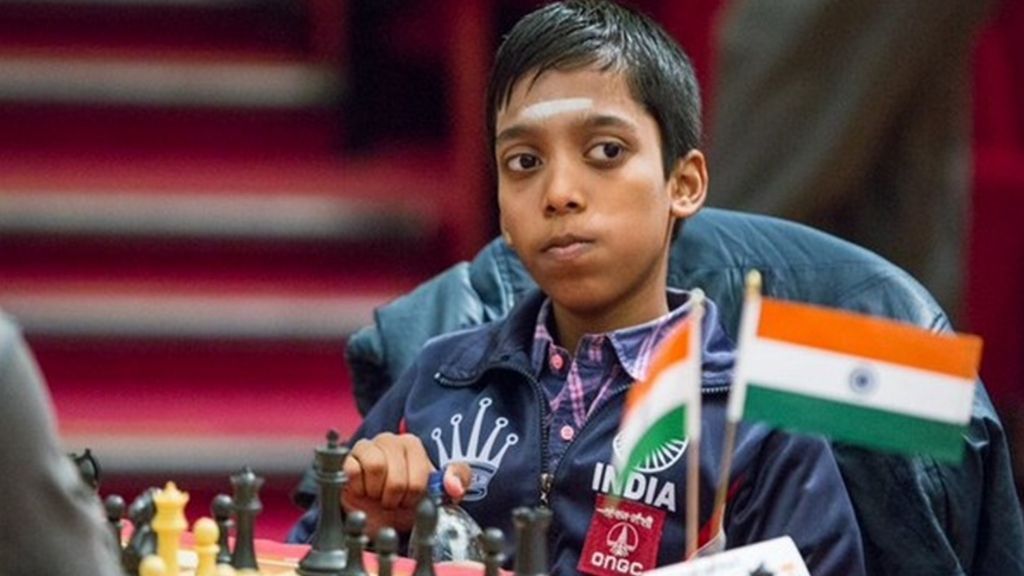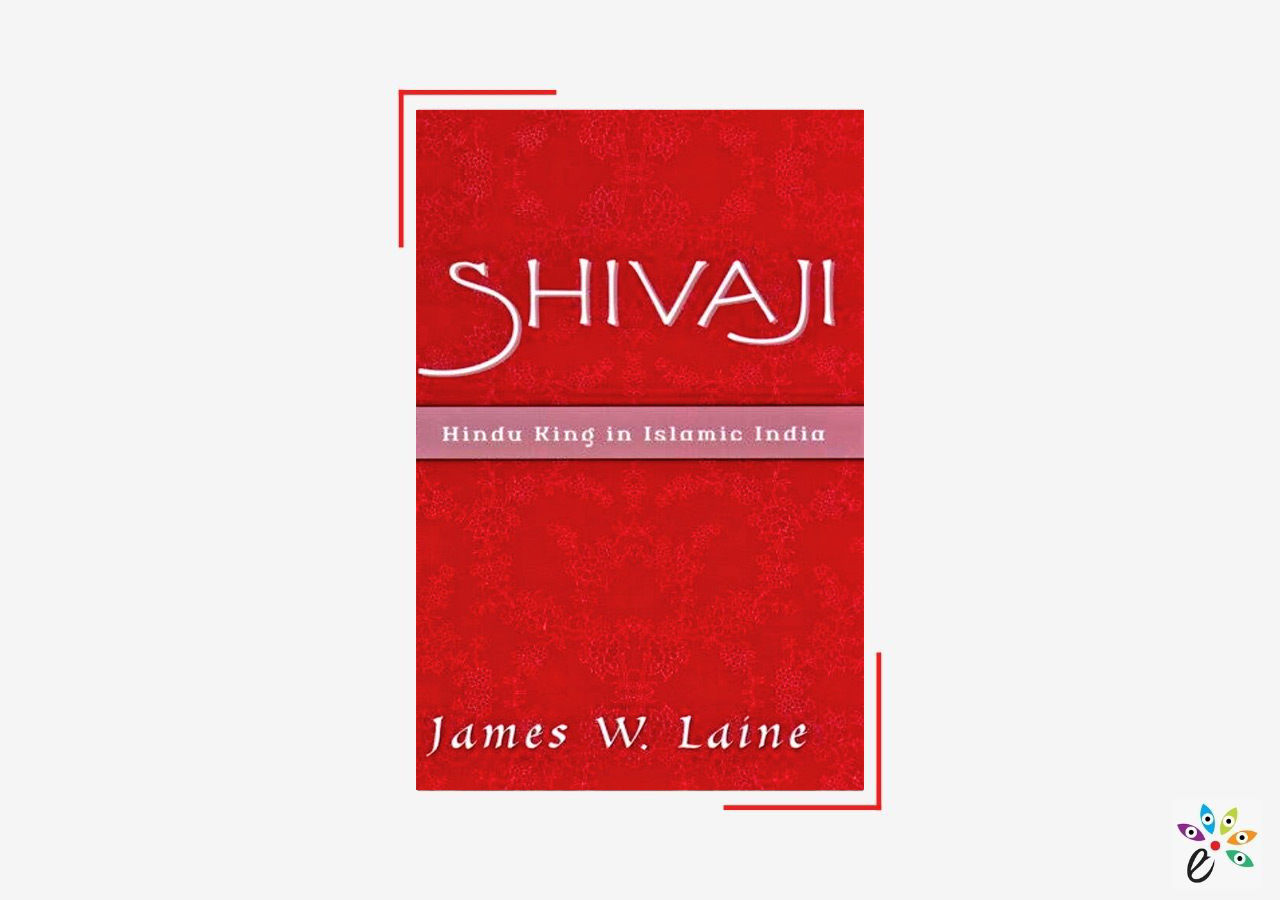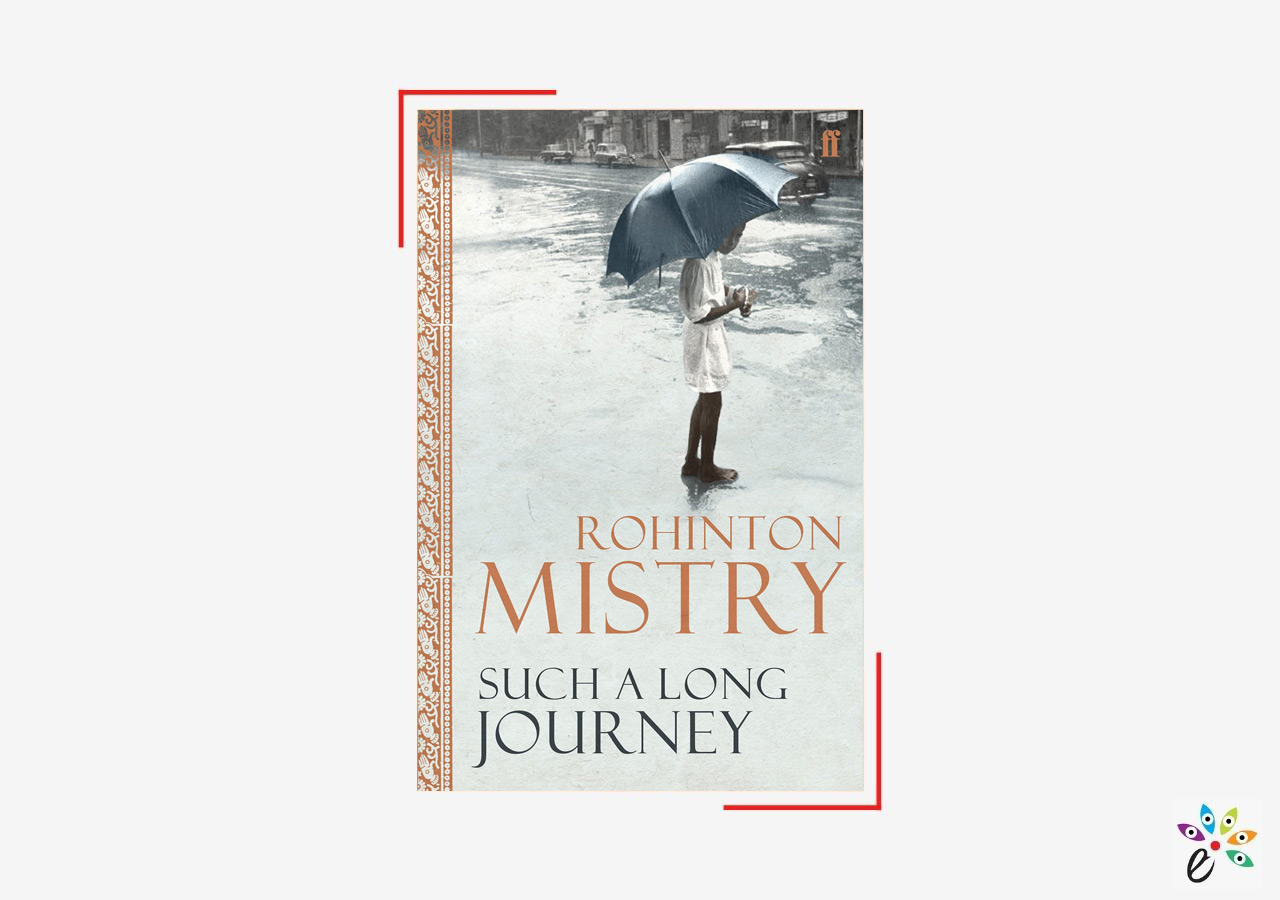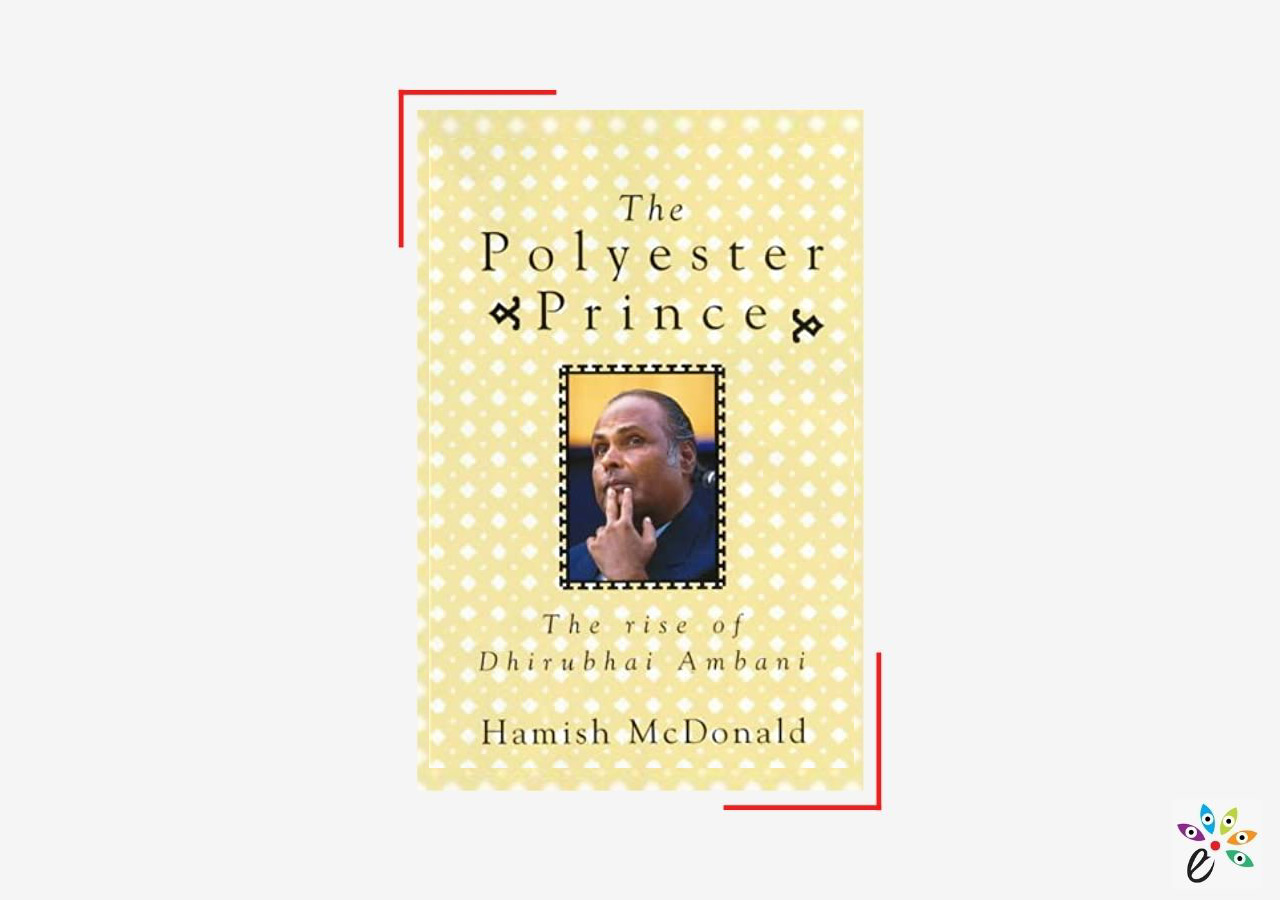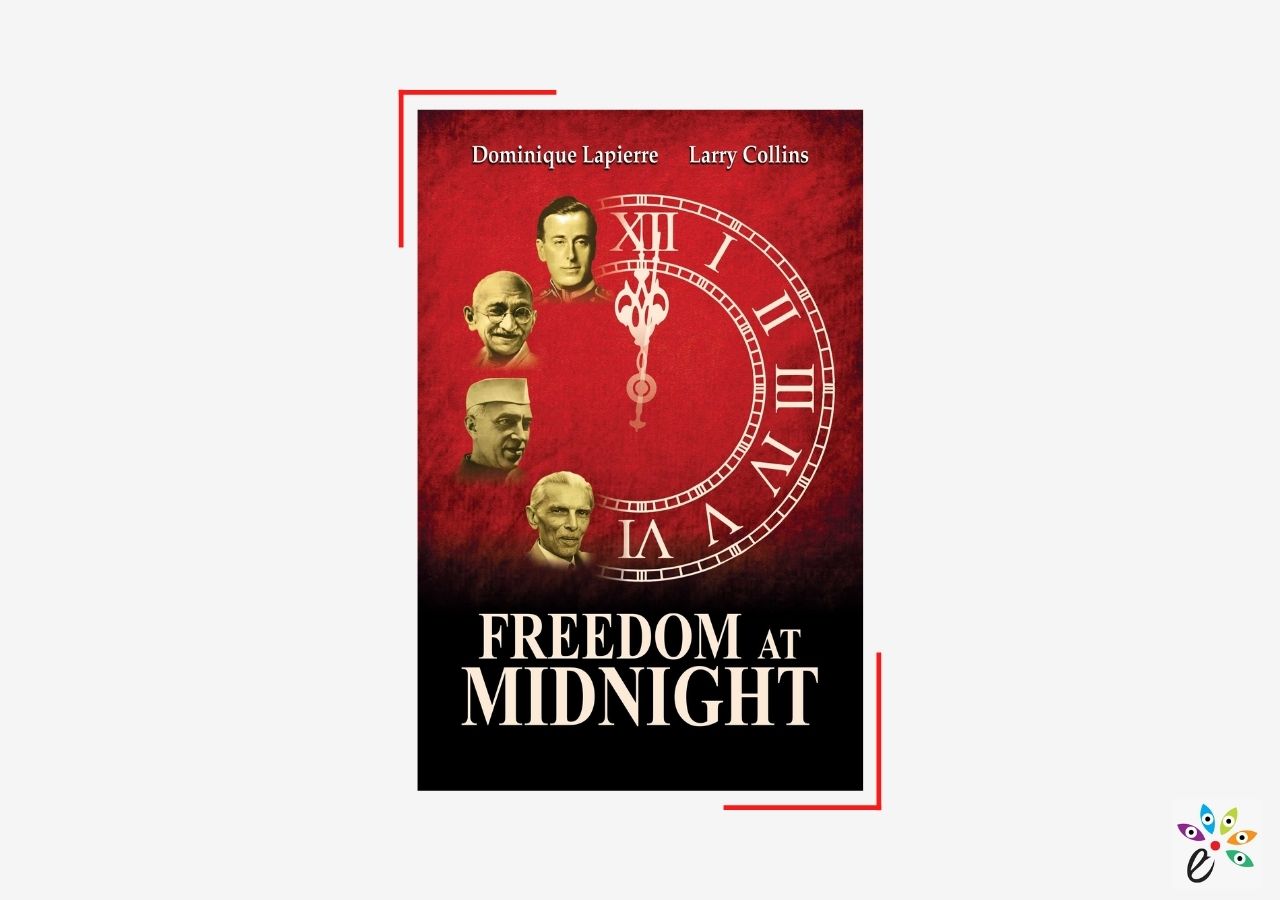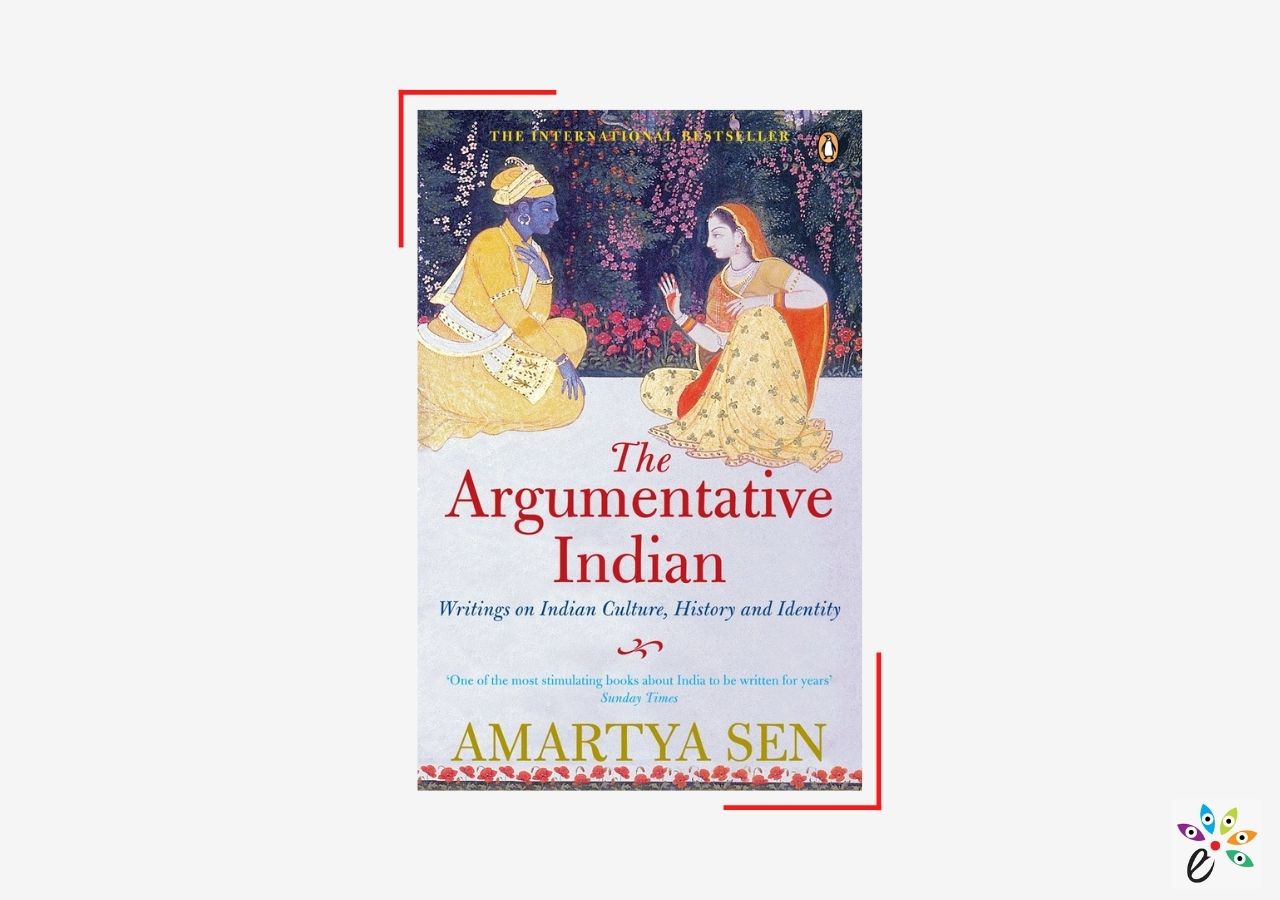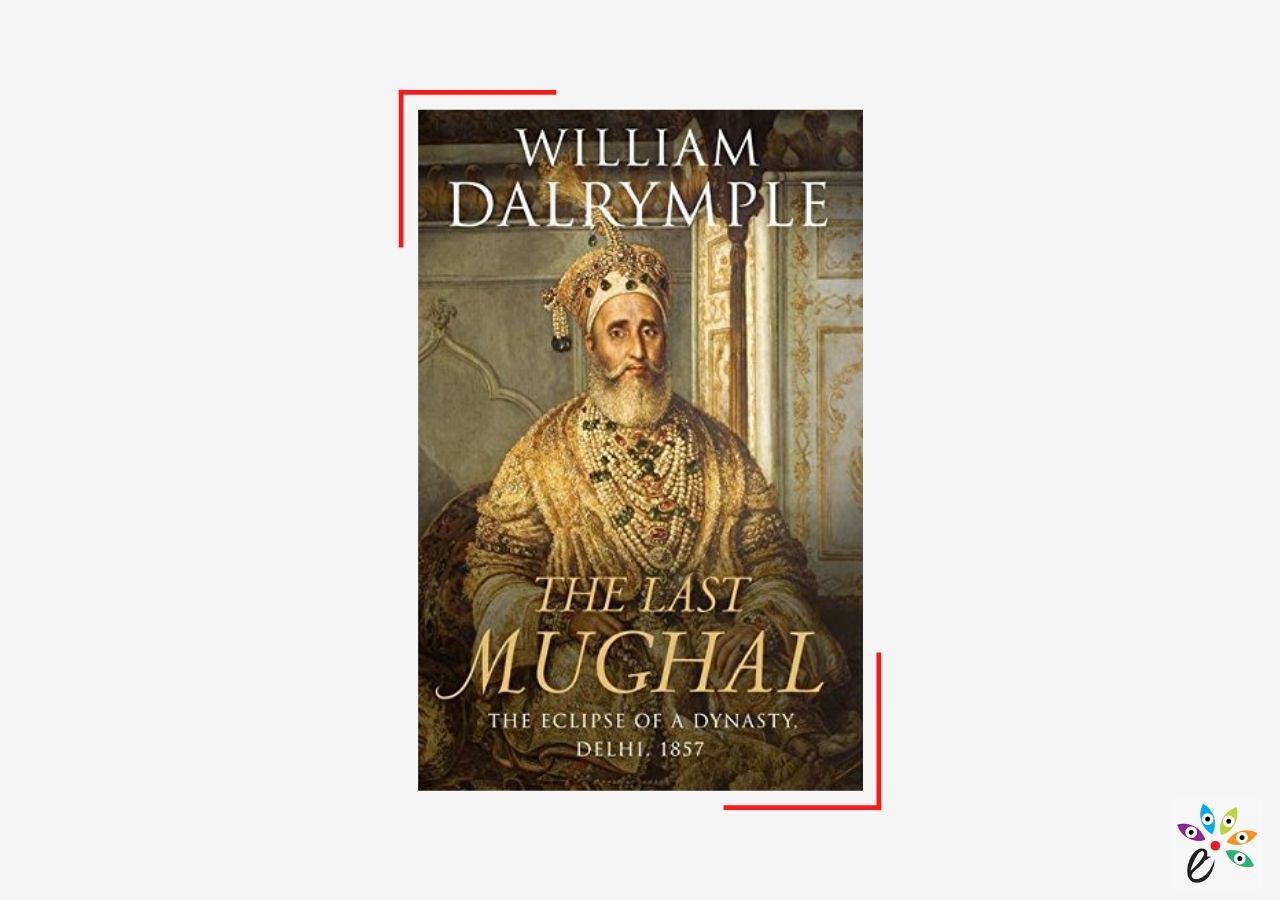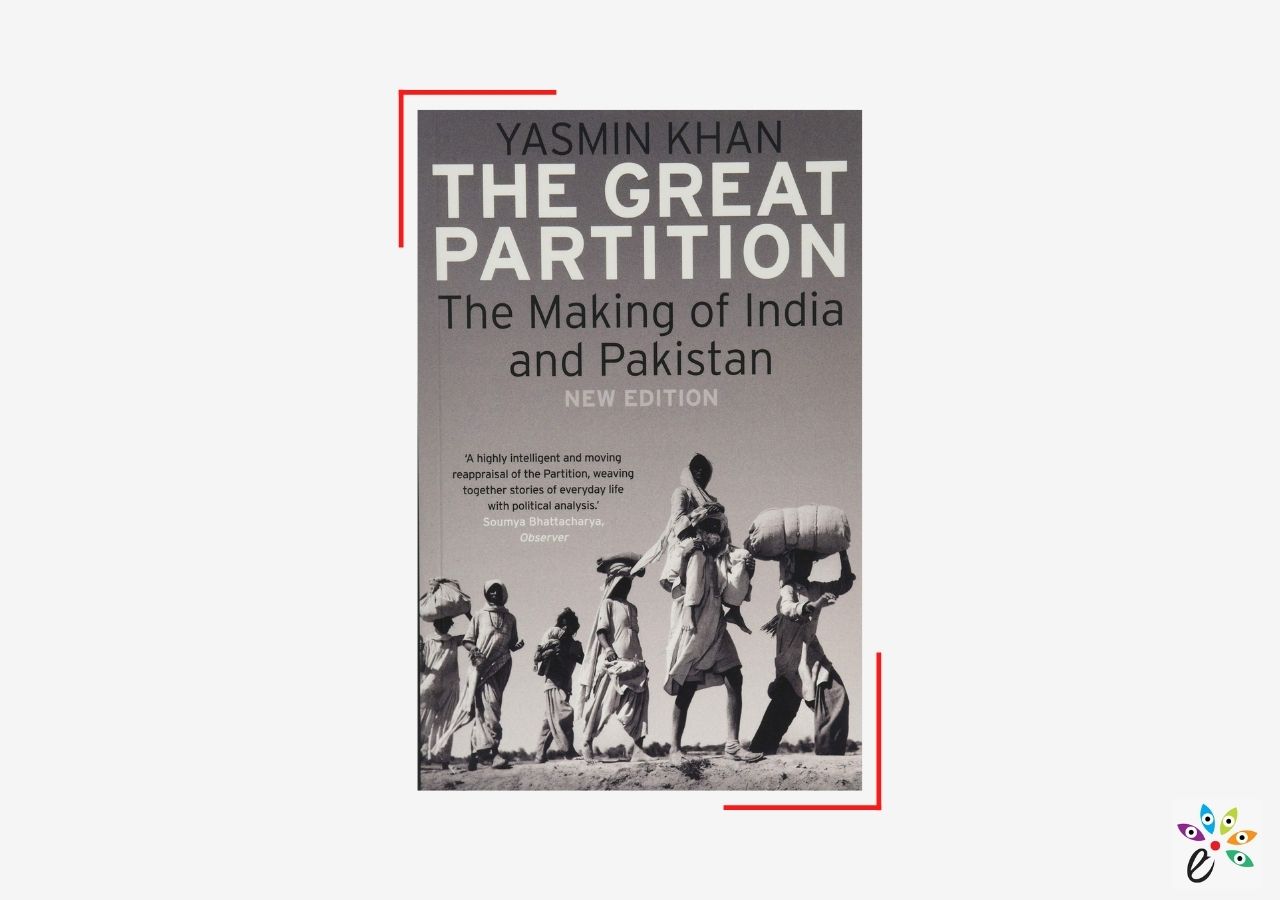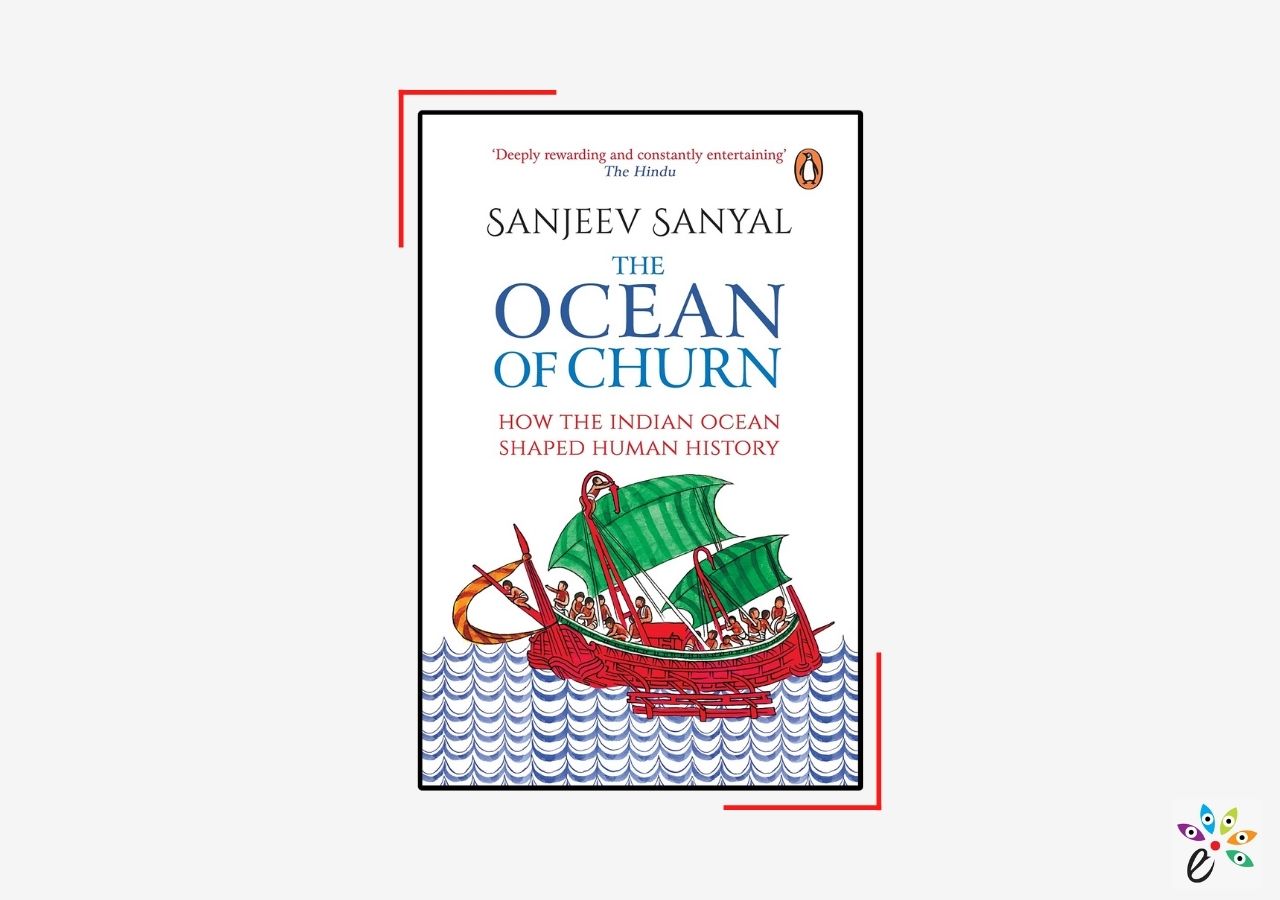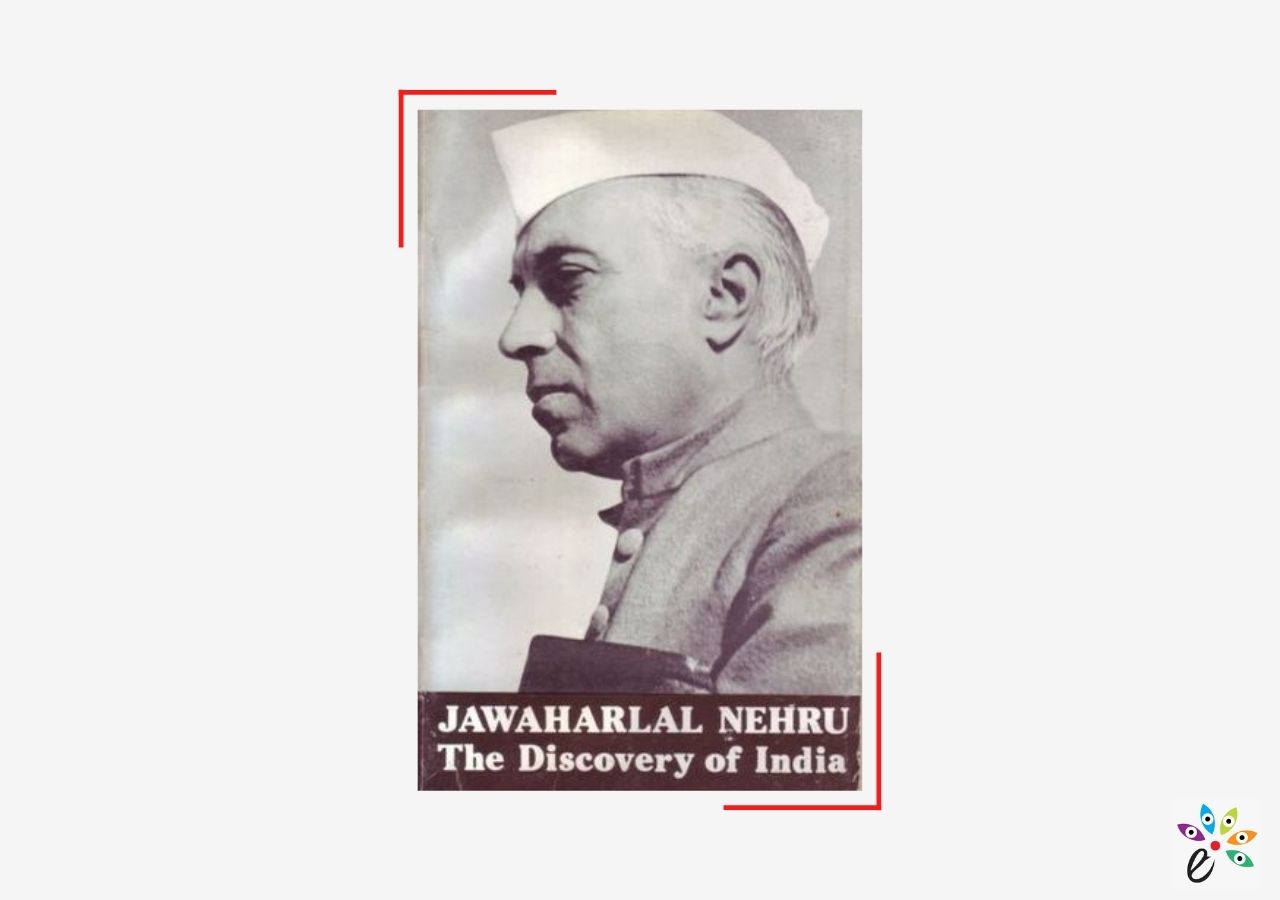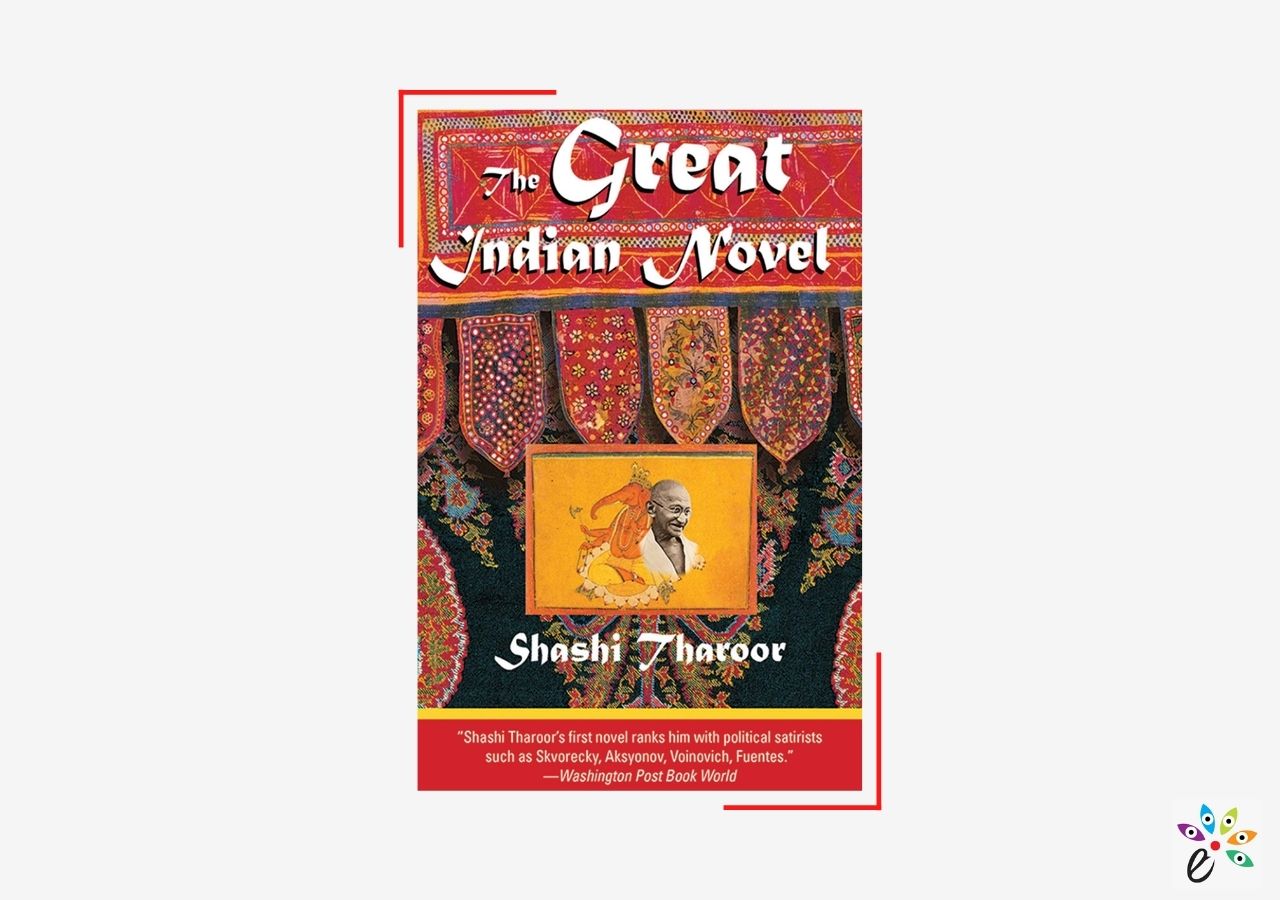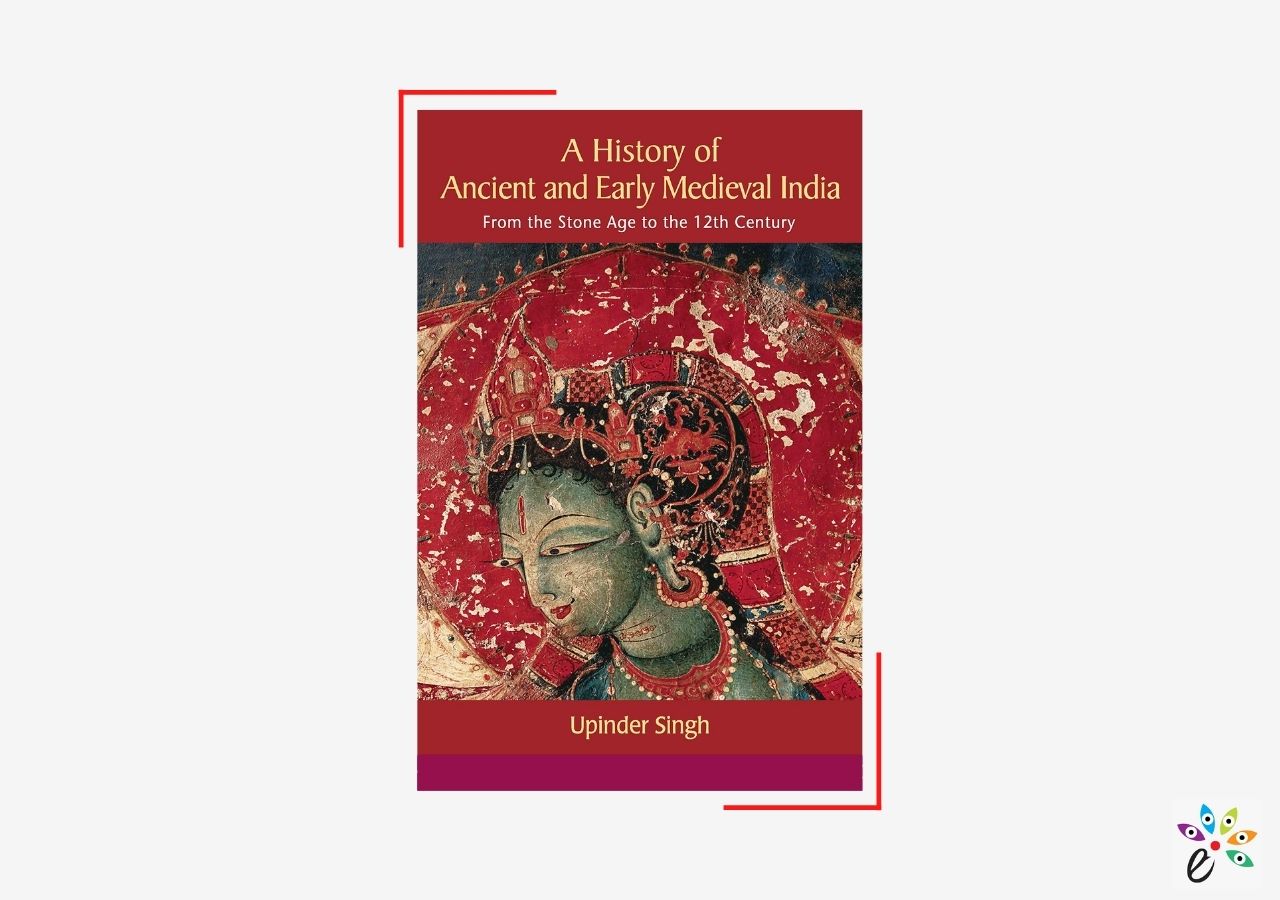
“Just living is not enough…one must have sunshine, freedom, and a little flower.”
– Hans Christian Andersen
Flowers are one of the most cherished natural gifts. There is color, brightness and delicacy that are rarely found in combination in any other natural object. Ubiquitous, yet rare, flowers can instantly bring a smile on one’s face. They can grow in the wild, as well as tamed to perfection. They can say ‘sorry’, ‘thank you’, ‘I love you’, ‘I miss you’ and so much more. And yet, despite all their exuberance and nonchalance, flowers are also intricately woven in the Indian cultural panorama.
A Garland Called Culture

When one thinks of Indian culture there is really no beginning nor end. It’s a loop of traditions and heritages that seamlessly fit into each other across regions, religions and economies. Just like a garland the culture of the land is strewn together, disseminating its core and values like a soft fragrance being carried on the edge of a breeze.
Flowers in Indian culture are placed almost delicately in all aspects. Whether it is in rituals, prayers, birth, death, matrimony or medicine, flowers carry the burden of being present and lending their vibrancy and calm. Their presence is, however, more than just physical. Floral motifs and cultural nuances related to flowers are even etched on stone. Their patterns and style are an architectural delight and have borne the testimony of time to survive as one of the most used favorites for structures all over the country.
It is no secret that flowers play a huge role in the emotional capacity and lifespan of an individual. However, they are rarely an intriguing part of a country’s culture. Moreover, their requirement is not limited to one or few occasions, but flowers are an integral part of any cultural expression across the nation.
Flowers, Prayers and Rituals

In many religions, including Hinduism flowers play a huge role in paying respect to the deities. In fact, particular flowers are offered to particular Gods and hence, hold a special significance. For example, Laxmi sits on a Lotus and Lord Vishnu is believed to be born from it. The Red Hibiscus is offered to Maa Kaali and is symbolic of her courage and rage. The Jasmine is required for prayers to Hanuman, whereas the Tulsi (both a leaf and flower) is closely connected to Lord Krishna.
Marigold flowers are often seen during the Ganapati festivities, but are also a staple during many other deity prayers too. This orange flower is a symbol of the energy of the sun and thus used in many pujas and offerings to the Gods.
Why are Flowers Offered in Prayer?

According to culture, mythology and belief, flowers please Gods. Just as they bring joy to mortals, Gods too cannot resist their charm. And by offering flowers, devotees find a way to make the deities happy. Also, flowers bring with them loads of positivity and since they are one of the most beautiful creations of nature, they are offered to Gods as well. In fact, the word puja is a combination of ‘pu’ meaning flowers and ‘ja’ which means chants and water.
Flowers in prayers are not only important for Hindus but they are also used by many other religions. Muslims put the phool chadar (flower carpet) on tombs, for Christian the rose and its petals have spiritual significance and the lotus is a symbol of enlightenment and purity for Buddhists.
Religious Culture and Flowers

Though religious use of flowers is constant and universal, the Indian context is also cultural. Flowers are used by different religions; however their cultural connotation lies in their usage and acceptance as a way of societal understanding even if its main purpose is religious. Perhaps, that is why, flower sellers of different religions are seen outside temples, mosques or any religious gatherings. The sense of culture thus in many cases surpasses that of religion.
Flowers at Social Functions

Besides religion, another facet that identifies itself with the culture of the land is social functions. Birth, marriages, funerals etc. though a seemingly natural progression are celebrated or observed along with social and cultural norms. Again, the way the event is played out largely depends on the regional and religious beliefs of the individuals. But flowers, as always, play a fundamental role in equalizing. For example, putting a flower garland around the bride and bridegroom is a ceremony that is a cultural constant in India. Similarly, petals are showered on the families or on the bride when she enters her new home. The wedding decorations are incomplete without flowers, just as the expression of love. Similarly, for funerals too, flowers are an essential.
Besides social functions, flowers are also used in many other cultural festivals. For example, rangolis are often made from flowers on Diwali or Onam. Rose petals are used in culinary delights, be it in sevai on Eid or the gulkand lassi in Holi.
Flowers in Home and Self décor

Now we of course, use flowers as home décor objects. They lighten up our room in vases and pots and their fragrance brings in a whiff of freshness. The same holds true when special care is taken to decorate homes during festivals or family occasions. However, besides decorating spaces, flowers are also known for enhancing personal beauty. Women in India adorn a gajra or flower bunch around their hair. The gajra is a garland of flowers that is traditionally worn by women of South Asia, especially India. In fact, the gajra is a part of the attire for many classical dances across the nation.
Women, especially in south India, wear a string of flowers, if not a bunch practically every day. It could be either jasmine, mogra, rose or any other, the lace of flowers or even a single flower looks regal and is a fashion statement that is in its own league. Studies have revealed that different flowers also have various benefits, such as reduced hair fall, scalp enrichment and also relief from headache, sore eyes and more.
Flowers in Health, Food and Medicine

The mystics of Ayurveda are now a world renowned practice. A lot of people follow Ayurveda to heal and cure from various ailments. Flowers play a big role here too. In fact, there are many medicinal flowers that are used traditionally over generations. Tulsi, Hibiscus, Jasmine, Marigold, Blue Pea and more are flowers known for their medicinal worth and also used in Ayurveda.

Certain flowers are also known for their health benefits and are used in cooking as well. Hibiscus helps reduce bad cholesterol, rose petals help treat menstrual and digestive disorders, banana blossoms, a common food in southern India is known for its many health benefits. Edible flowers contain antioxidants, vitamins and minerals that bring health and taste into your diet.
Flower in Art and Designs

Floral patterns are an artistic hit everywhere in the world. Similarly, in Indian architecture, whether the structures are national, regional or created by dynasties of erstwhile eras, flower designs are used in various forms. In paintings, sculptures, sketches, motifs, stories, folklore and more, flowers are an innate part of cultural tales and history.
The Flower Economy in India

Flowers by themselves are a vital wheel of the economy. In many European countries, for example, flower markets are a main attraction. In India too, flowers have a commercial angle as well. Besides the aesthetics, the flowers are a source of livelihood for many, either through direct or indirect employment. The chain begins from those growing the flowers and ends at the final consumers. But in the cultural milieu flowers hold a slightly special corner in our hearts when compared to any other products. Florists are usually the main outlets. But then there are decorators, stalls outside places of worship, funeral grounds etc. And then there are those hundreds of women who one sees on roadsides or on bus stops threading the white lilies or jasmines. Their deft hands move in speed as they create one after the other and then stall them up for sale.
Flowers are so common and all around us, that we rarely stop and truly appreciate or understand their influence on our lives. Woven beautifully in a culture that is so varied in itself, flowers add the perfect allure to brighten up our societal sensibilities. So the next time you come across a wild or domesticated beauty, or pass by rows of vivid colors in fields, let a thought make a little place in your heart. These delicate beauties have a meaning and significance that is not only limited to natural environments. In fact, its presence adds magnificence to our emotions, cultures and heritages too.











